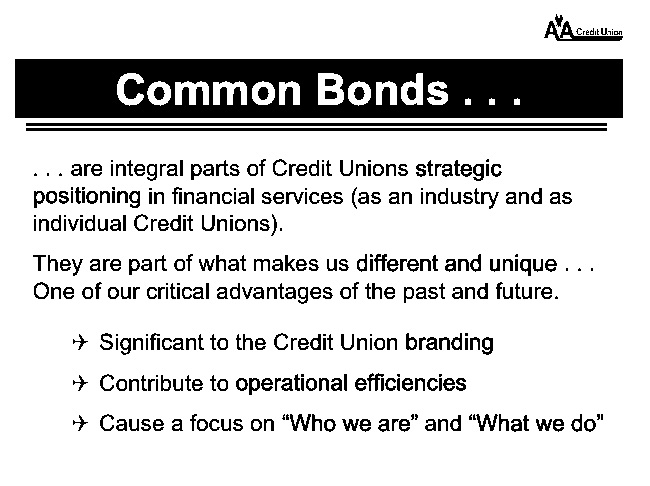At the beginning of the year, business firms, families and individuals take stock of their financial situation. The results of last year are known. January brings the credit card bills from the holiday. Taxes come due.
This year all segments are reassessing their liquidity situation amidst rising interest rates and growing layoffs.
A Financial Disneyland
Since 2008’s financial crisis erupted, credit unions and members have been living in a financial Disneyland. Interest rates were kept at historical lows. The recent Covid response resulted in two years of short term rates at or near zero.
The Fed’s monetary policy of quantitative easing flooded financial markets. When capital no longer costs anything, most investments look safe. Returns on short term government securities or insured savings were most recently in single basis points. People and organizations tried new or speculative assets such as meme stocks or crypto solutions.
The disciplines of long-term investing were overlooked. The risk-reward calculus became warped. Market and housing returns suggested only upside. Everyone could become a winner.
What We Believe About Money
Call FCU has an unusual member financial education program. It begins with a questionnaire. The purpose is to learn your personality type, or in their words, “the strengths and weakness of your relationship with money.”
Everyone has a different approach and individual situations when the talk is about savings, spending and financial goals. We live in an economy in which consumer spending drives 70% of the output. Wealth, fame and power are the trinity of individual success for many in a capitalist economy. Moreover if one achieves the first, the other two can be bought.
How a person or firms manage their finances express our values and ambitions. So I think Call’s approach is an important first step in any person or organization’s approach to 2023.
One Organization’s Statement of its Financial Philosophy
Non profit organizations have a unique relationship to finances. They are not in business to build wealth, but they must demonstrate stewardship to donors, or like private business, they can cease to exist.
The Center for Contemplation is a 501 C 3 founded by Franciscan Richard Rohr to put spiritual unity as the center of religious practice.
The organization has published its organizational financial approach. It defines this as a “complex process that codifies their relationship with money: how they raise it, manage it, and spend it. Our financial philosophy centers on values concerning donations and the stewardship of resources. Those financial principles are:
- We operate from a clear definition of “enough.”
- We practice transparency.
- We seek for money to never be the barrier to participation.
- We understand exchanges of money first and foremost as vehicles for advancing our mission and message.
- We commit to spend simply, equitably, and sustainably.
- We lead with giving and generosity.
Should credit unions create their own statement of financial philosophy? Is a business plan a sufficient roadmap? Does operating in the context of cooperative design and values provide a complete picture?
Might a credit union’s leaders consider the CAC’s principles above and ask whether they describe their financial philosophy? I believe the exercise could be as revealing as Call FCU’s individual assessment. For example, when has a credit union ever defined what “enough” might mean?
Amahl and the Night Visitors-How the Story Ends
In an earlier post about credit union’s most essential members, I quoted an aria from the short opera Amahl and the Night Visitors, Do Rich People Know? The mother lives with her crippled son. The three kings spend the night before continuing their journey. The mother tries to take one small nugget and is caught stealing by the King’s page.
Here is how that confrontation works out in the opera’s final lyrics:
MELCHIOR (seeing what has erupted) Oh, good woman, you may keep the gold. The child we seek doesn’t need our gold. On love, on love alone he will build his kingdom. His pierced hand will hold no scepter. His haloed head will wear no crown. His might will not be built on your toil. Swifter than lightning, he will soon walk among us. He will bring us new life, and receive our death, and the keys to his city belong to the poor. Let us leave, my friends.
MOTHER Oh, no! Wait! Take back your gold! For such a king I’ve waited all my life… and if I weren’t so poor I would send a gift of my own to such a child.
AMAHL (pipes up) But, Mother, let me send him my crutch. Who knows, he may need one, and this, I made myself.
MOTHER (drawing in a breath sharply) But that you can’t, you can’t! Suddenly, Amahl begins to walk without his crutch.
AMAHL I walk, Mother. I walk, Mother.
First Things, First
As we enter a new year with both individual and corporate financial challenges, should we first ask what our relationship to money is? What “crutches” do we lean on to get us by? What if we risked giving them away to find out who we really are, as a person and leader of a financial service?

